Home>Garden Essentials>What Are Coriander Seeds
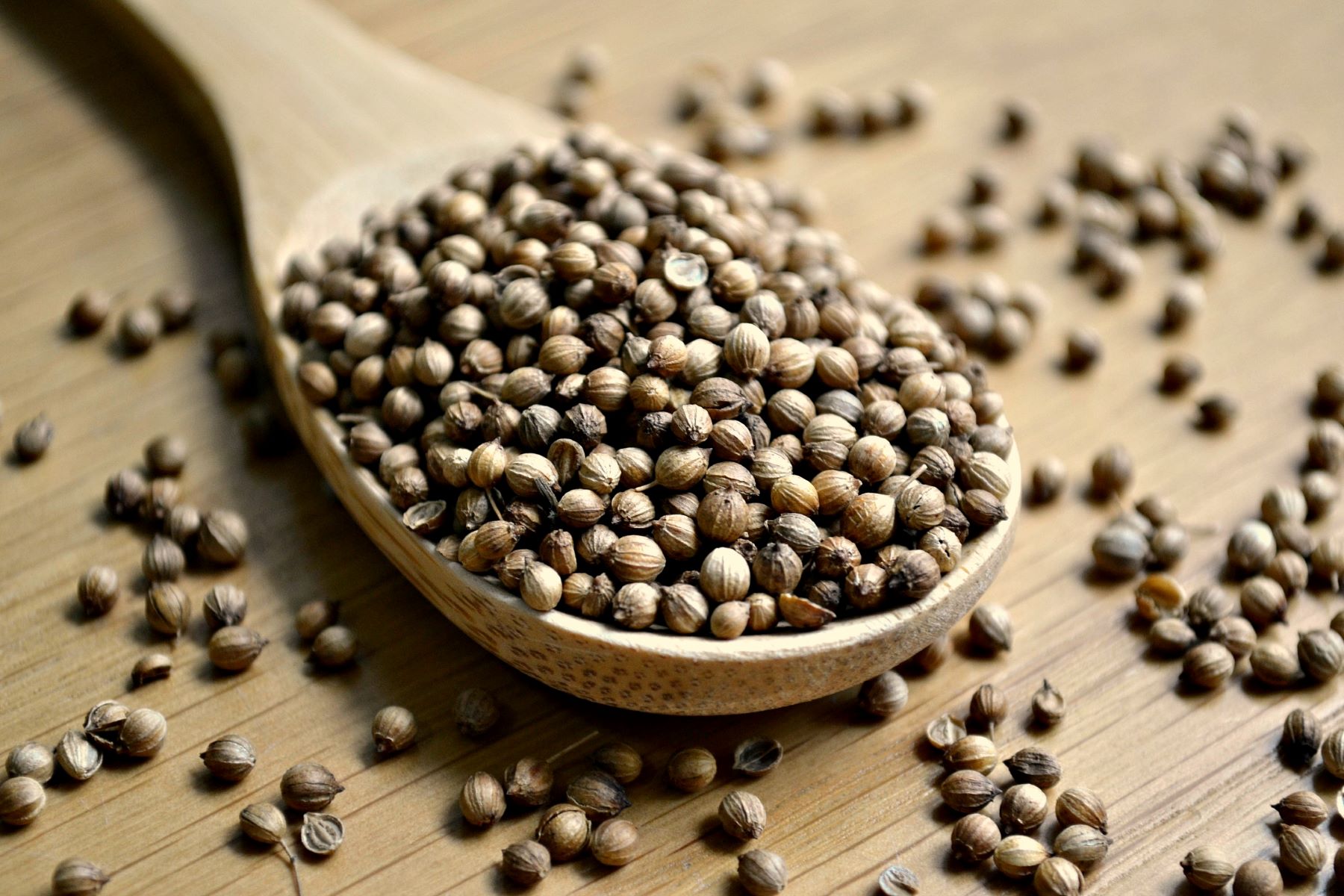

Garden Essentials
What Are Coriander Seeds
Modified: August 19, 2024
Learn about coriander seeds and how to grow them in your garden. Discover the benefits of cultivating these aromatic seeds for culinary use.
(Many of the links in this article redirect to a specific reviewed product. Your purchase of these products through affiliate links helps to generate commission for Storables.com, at no extra cost. Learn more)
Introduction
Coriander seeds, also known as cilantro seeds or dhaniya, are an essential ingredient in many culinary traditions around the world. These tiny, round seeds have a unique flavor profile that adds depth and complexity to dishes. Beyond their culinary uses, coriander seeds are also treasured for their medicinal properties and have a long history of use in traditional medicine.
In this article, we will explore the intriguing world of coriander seeds, from their definition and history to their culinary uses and medicinal benefits. We will also dive into how to use coriander seeds in cooking, how to grow and harvest them, and the best methods for storing and preserving them.
So, let’s embark on a journey to discover the wonders of coriander seeds and unlock their secrets!
Key Takeaways:
- Coriander seeds, also known as cilantro seeds, have a warm, earthy flavor and are used in diverse cuisines. They offer potential health benefits, including aiding digestion and having antioxidant properties.
- Growing, harvesting, and storing coriander seeds can be a fun and rewarding experience. Whether used in cooking or for medicinal purposes, these tiny seeds are a versatile and valuable addition to any kitchen.
Read more: What Is A Coriander Seed
Definition of Coriander Seeds
Coriander seeds are the dried fruits of the coriander plant, scientifically known as Coriandrum sativum. The coriander plant is an annual herb belonging to the Apiaceae family, which is native to regions of Southern Europe, Northern Africa, and Western Asia.
Coriander seeds have a distinctive shape – they are small, round, and slightly oval with a light golden-brown color. They have a hard outer husk and contain two seeds within.
The flavor of coriander seeds is often described as warm, earthy, and slightly citrusy, with hints of sweetness and nuttiness. They are known for their aromatic qualities and are commonly used as a spice in various cuisines around the world.
Coriander seeds are often confused with cilantro, which refers to the leaves of the coriander plant. While both the seeds and the leaves come from the same plant, they have distinct flavors. The leaves, also known as cilantro, have a fresh, herbaceous, and slightly citrusy taste, while the seeds have a more concentrated flavor.
Coriander seeds are widely used in Indian, Middle Eastern, Mexican, and Southeast Asian cuisines, where they contribute to the distinctive flavors of dishes such as curries, stews, salsas, and spice blends.
Now that we have defined coriander seeds, let’s delve into their intriguing history and discover how they have been used throughout the ages.
History of Coriander Seeds
The history of coriander seeds dates back thousands of years. They have been cultivated and used as a spice and medicinal herb since ancient times.
Coriander seeds were first documented in ancient Egyptian texts, where they were mentioned as a flavoring agent and for their medicinal properties. They were even found in the tomb of Tutankhamun, highlighting their importance and value in ancient Egyptian culture.
The use of coriander seeds spread across various civilizations. In ancient Greece and Rome, they were a popular ingredient in cooking and were considered to have digestive benefits. The Roman army brought coriander seeds to Britain, where they continued to be used as a culinary and medicinal staple.
In medieval Europe, coriander seeds were widely used as a flavoring agent in food and beverages. They were also believed to have properties that protected against witchcraft and evil spirits, making them a common ingredient in incense and herbal remedies.
Coriander seeds were introduced to Asia by traders along the ancient Silk Road. They quickly became integral ingredients in Indian, Middle Eastern, and Southeast Asian cuisines, where they were used in a variety of dishes, including curries, chutneys, and spice blends.
Today, coriander seeds are cultivated in many regions of the world, with India being the largest producer. They continue to be celebrated for their aromatic flavor and are an integral part of global gastronomy.
Now that we have explored the history of coriander seeds, let’s delve into their culinary uses and discover how they can add a burst of flavor to your dishes.
Culinary Uses of Coriander Seeds
Coriander seeds are a versatile spice that adds a delightful flavor and aroma to a wide range of dishes. They are an essential ingredient in many culinary traditions and are used in both whole and ground form.
Here are some popular culinary uses of coriander seeds:
- Spice Blends: Coriander seeds are a key component in numerous spice blends, such as garam masala in Indian cuisine, ras el hanout in Moroccan cuisine, and curry powder in Southeast Asian cooking. These spice blends add depth and complexity to a variety of dishes.
- Cooking Dals and Curries: Coriander seeds are commonly used in Indian cooking to enhance the flavor of dals (lentil dishes) and curries. They can be lightly toasted and ground or added whole during cooking to release their aromatic oils and infuse the dish with their distinct taste.
- Baking: Coriander seeds can be ground and used as a flavoring agent in baked goods. They add a unique depth of flavor to bread, biscuits, and cakes, lending a hint of citrusy and slightly sweet notes.
- Pickling: Coriander seeds are often used in pickling, as they help enhance the flavor and preserve the vegetables or fruits being pickled. The seeds add a touch of warmth and tanginess to pickled cucumbers, carrots, and other vegetables.
- Marinades and Rubs: Coriander seeds make a fantastic addition to marinades and rubs for meat, poultry, and fish. They infuse the meat with a delicious flavor and help tenderize it. Simply crush the seeds before adding them to your marinade or rub for the best results.
- Sauces and Chutneys: Coriander seeds are often used to flavor sauces and chutneys. They can be added whole during cooking or ground and mixed with other spices to create a flavorful condiment to accompany your dishes.
These are just a few examples of the culinary uses of coriander seeds. Their versatile flavor and aroma make them a must-have spice in the kitchen.
Next, let’s explore the medicinal properties of coriander seeds and the potential health benefits they offer.
Medicinal Properties of Coriander Seeds
Coriander seeds not only add flavor to dishes but also offer a range of health benefits due to their medicinal properties. They have been used in traditional medicine systems for centuries and are known for their various therapeutic properties.
Here are some of the medicinal properties associated with coriander seeds:
- Antioxidant Properties: Coriander seeds are rich in antioxidants, which help protect the body against oxidative stress and reduce the risk of chronic diseases.
- Anti-inflammatory Benefits: Studies have shown that coriander seeds possess anti-inflammatory properties, which may help reduce inflammation in the body and alleviate symptoms of inflammatory conditions.
- Digestive Aid: Coriander seeds are known to aid digestion and improve gastrointestinal health. They can help relieve symptoms of indigestion, bloating, and gas. Drinking coriander seed tea or including them in your meals can promote healthy digestion.
- Cholesterol Management: Some research suggests that coriander seeds may have cholesterol-lowering effects. They may help reduce LDL (bad) cholesterol levels and increase HDL (good) cholesterol levels, promoting heart health.
- Antibacterial Properties: Coriander seeds possess antibacterial properties that can help combat certain strains of bacteria and prevent infections. They may be effective in treating urinary tract infections and other bacterial-related ailments.
- Blood Sugar Regulation: Coriander seeds may help regulate blood sugar levels and improve insulin sensitivity, making them beneficial for individuals with diabetes or those at risk of developing the condition.
- Relief from Menstrual Discomfort: Coriander seeds have been used traditionally to relieve menstrual pain and cramps. They may help reduce the intensity and duration of menstrual discomfort when consumed as a tea or incorporated into meals.
While coriander seeds offer these potential health benefits, it’s important to note that they should not replace proper medical treatment or advice. It’s always wise to consult with a healthcare professional before using coriander seeds as a remedy for specific health conditions.
Now that we have explored the medicinal properties of coriander seeds, let’s move on to the practical aspect of using coriander seeds in cooking.
Coriander seeds are the dried seeds of the coriander plant and are commonly used as a spice in cooking. They have a citrusy, nutty flavor and are often used in Indian, Middle Eastern, and Asian cuisines. Grinding the seeds before use can enhance their flavor in dishes.
Read more: What To Use Coriander Seeds For
How to Use Coriander Seeds in Cooking
Coriander seeds are a versatile spice that can elevate the flavors of various dishes. Here are some easy ways to incorporate coriander seeds into your cooking:
- Toasting and Grinding: Dry roast the coriander seeds in a pan until fragrant to enhance their flavor. Let them cool and then grind them using a mortar and pestle or a spice grinder. You can use the freshly ground coriander seeds as a seasoning or spice blend in your recipes.
- Tempering/Tadka: In Indian cuisine, tempering or tadka is a common technique. Heat oil or ghee in a pan, add whole coriander seeds along with other spices, and allow them to crackle and release their aroma. This tempered mixture can then be added to dals, curries, or vegetable dishes for added flavor.
- Marinades and Rubs: Crush the coriander seeds and mix them with other spices, herbs, and oil to create a flavorful marinade or rub for meats, poultry, or fish. Let the protein rest in the marinade for a few hours to allow the flavors to penetrate before cooking.
- Infused Oils and Vinegars: Add whole coriander seeds to a bottle of olive oil or vinegar and let them infuse for a few weeks. The resulting infused oil or vinegar can be used to drizzle over salads, roasted vegetables, or grilled meats for an added depth of flavor.
- Curries and Stews: Add ground or whole coriander seeds to your curries and stews to enhance their flavor. The coriander seeds add a warm, earthy taste to these dishes and complement the other spices and ingredients.
- Baking: Ground coriander seeds can be added to bread, cakes, cookies, and other baked goods to give them a unique flavor. They pair particularly well with citrus-based desserts.
- Chutneys and Sauces: Incorporate ground or crushed coriander seeds into your chutneys, sauces, or dips for an extra burst of flavor. They can add a delightful tanginess and complexity to these condiments.
Experiment with these cooking methods to discover your favorite ways to use coriander seeds in your dishes. Remember, the key is to start with a small quantity and adjust according to your taste preferences.
Now that we know how to use coriander seeds in cooking, let’s learn how to grow and harvest them to have a fresh supply at hand.
Growing and Harvesting Coriander Seeds
Coriander is an herb that can be easily grown in your garden or even in pots on your patio. Follow these steps to grow and harvest your own coriander seeds:
- Choose the Right Location: Coriander grows best in a location that receives partial shade and well-drained soil. Make sure the area gets around 4-6 hours of sunlight per day.
- Prepare the Soil: Coriander prefers fertile soil that is rich in organic matter. Before planting, amend the soil with compost or well-rotted manure to improve its fertility.
- Sow the Seeds: Sow coriander seeds directly in the garden or in pots. Scatter the seeds on top of the soil and gently press them into the surface. Space the seeds about 6-8 inches apart.
- Keep the Soil Moist: Water the seeds immediately after sowing and keep the soil consistently moist. Avoid overwatering, as it can lead to root rot. Once the seedlings emerge, water them regularly, especially during dry spells.
- Thin the Seedlings: When the seedlings are about 2-3 inches tall, thin them out to allow proper airflow and spacing between plants. Leave about 4-6 inches between each coriander plant.
- Harvesting the Leaves: You can start harvesting coriander leaves when they are large enough to use. Snip off the outer leaves as needed, leaving the inner growth intact to allow the plant to continue producing more leaves.
- Harvesting the Seeds: As the coriander plants mature, they will produce small white or pink flowers. Once the flowers dry out and turn brown, the seeds are ready for harvest. Cut the seed heads off the plant and place them in a paper bag. Hang the bag upside down in a dry, well-ventilated area for a few weeks to allow the seeds to fully dry.
- Remove the Seeds: Once the coriander seeds are completely dry, rub the seed heads gently between your hands or crush them, allowing the seeds to separate from the husks. Remove any debris or chaff from the seeds.
- Store the Seeds: Store the harvested coriander seeds in an airtight container in a cool, dark place. They will remain fresh and flavorful for up to a year.
Growing your own coriander seeds gives you the advantage of using them fresh and knowing that they are free from any harmful chemicals. Plus, you can enjoy the process of nurturing the plants from seed to harvest.
Now that we know how to grow and harvest coriander seeds, let’s move on to the last section: storing and preserving them.
Storing and Preserving Coriander Seeds
Proper storage is essential to ensure that your coriander seeds retain their flavor and aroma over time. Follow these tips to store and preserve your coriander seeds:
- Whole or Ground: Determine whether you want to store your coriander seeds whole or ground. Whole coriander seeds have a longer shelf life and retain their flavor for a more extended period. Ground coriander seeds tend to lose their flavor more quickly.
- Airtight Containers: Use airtight containers made of glass or sturdy plastic to store your coriander seeds. Ensure that the containers have a tight-fitting lid to prevent air and moisture from entering.
- Cool and Dark Location: Store the containers of coriander seeds in a cool and dark place, such as a pantry or a cupboard away from direct sunlight. Exposure to heat and light can degrade the flavor and quality of the seeds.
- Avoid Moisture: Moisture can cause coriander seeds to lose their flavor and become prone to mold and spoilage. Make sure the containers are completely dry before transferring the seeds. Keep them away from areas with high humidity, like the refrigerator.
- Labeling and Date: To keep track of the freshness of your coriander seeds, label the containers with the date of storage. This will help you use them within a reasonable time frame and ensure that you enjoy their optimal flavor.
- Grinding Fresh: If you prefer the best flavor, consider grinding your coriander seeds just before use. This will maximize their aroma and provide a more robust flavor to your dishes.
- Freezing: If you have an excess amount of coriander seeds, you can freeze them for long-term storage. Place the seeds in an airtight freezer-safe bag or container and store them in the freezer. Frozen coriander seeds can retain their flavor for up to a year.
By following these storage practices, you can ensure that your coriander seeds remain fresh and flavorful for an extended period, allowing you to enjoy their aromatic taste in your culinary creations.
Now that we have learned about storing and preserving coriander seeds, we have covered all the essential aspects of these versatile little seeds. Whether you use them in cooking or benefit from their medicinal properties, coriander seeds are truly a must-have in any kitchen.
So go ahead, experiment with these wonderful seeds, and let their unique flavor enhance your dishes and your well-being!
Conclusion
Coriander seeds, with their distinctive flavor and aroma, have been a staple in culinary traditions and traditional medicine for centuries. Whether you are a gourmet cook or an enthusiast in the kitchen, these tiny seeds can add depth and complexity to your dishes.
We’ve explored the definition of coriander seeds and learned about their rich history, from ancient Egyptian civilizations to their prominence in various international cuisines. We’ve also discussed their medicinal properties, including their antioxidant, anti-inflammatory, and digestive benefits.
When it comes to using coriander seeds in cooking, the possibilities are endless. From toasting and grinding for spice blends to incorporating them in curries, marinades, and baked goods, their warm and earthy flavor can enhance a wide range of dishes.
If you have a green thumb, growing and harvesting your own coriander seeds can be a rewarding experience. Whether planting them in your garden or in containers, watching the plants grow and then harvesting the seeds adds a fresh and personal touch to your culinary endeavors.
To ensure the longevity of your coriander seeds, proper storage is key. By keeping them in airtight containers, in a cool, dark location, and away from moisture, you can enjoy their flavor and aroma for an extended period.
In conclusion, coriander seeds are truly a powerhouse ingredient that brings flavor, aroma, and potential health benefits to your cooking. So go ahead and experiment with these versatile seeds, and let their unique taste elevate your dishes to new heights!
Frequently Asked Questions about What Are Coriander Seeds
Was this page helpful?
At Storables.com, we guarantee accurate and reliable information. Our content, validated by Expert Board Contributors, is crafted following stringent Editorial Policies. We're committed to providing you with well-researched, expert-backed insights for all your informational needs.
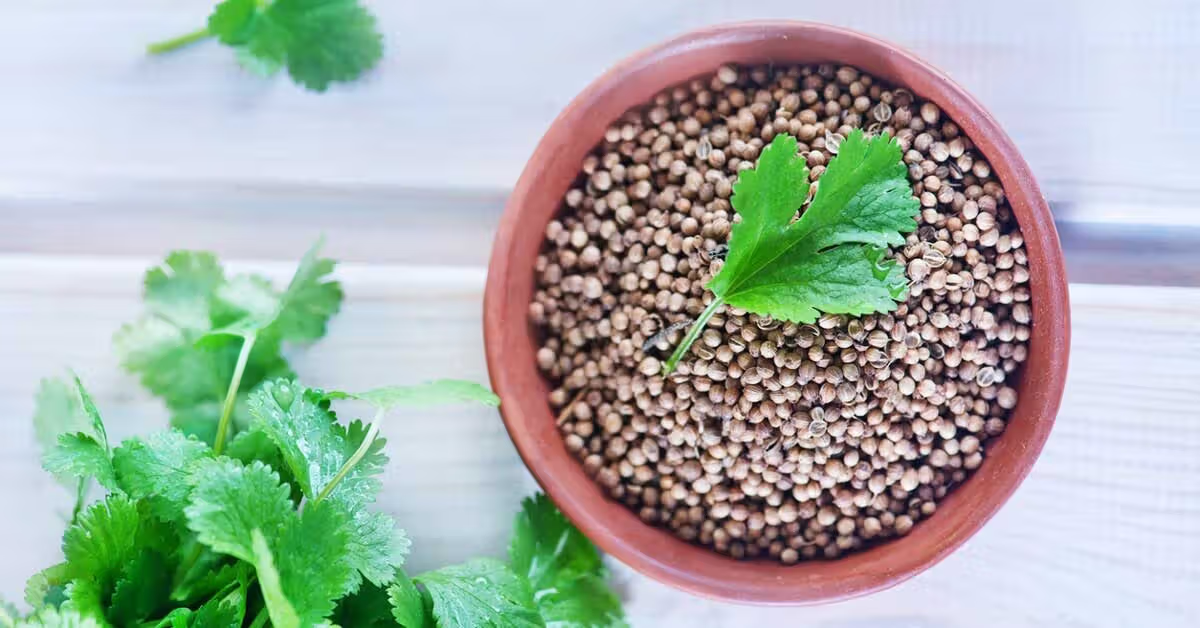
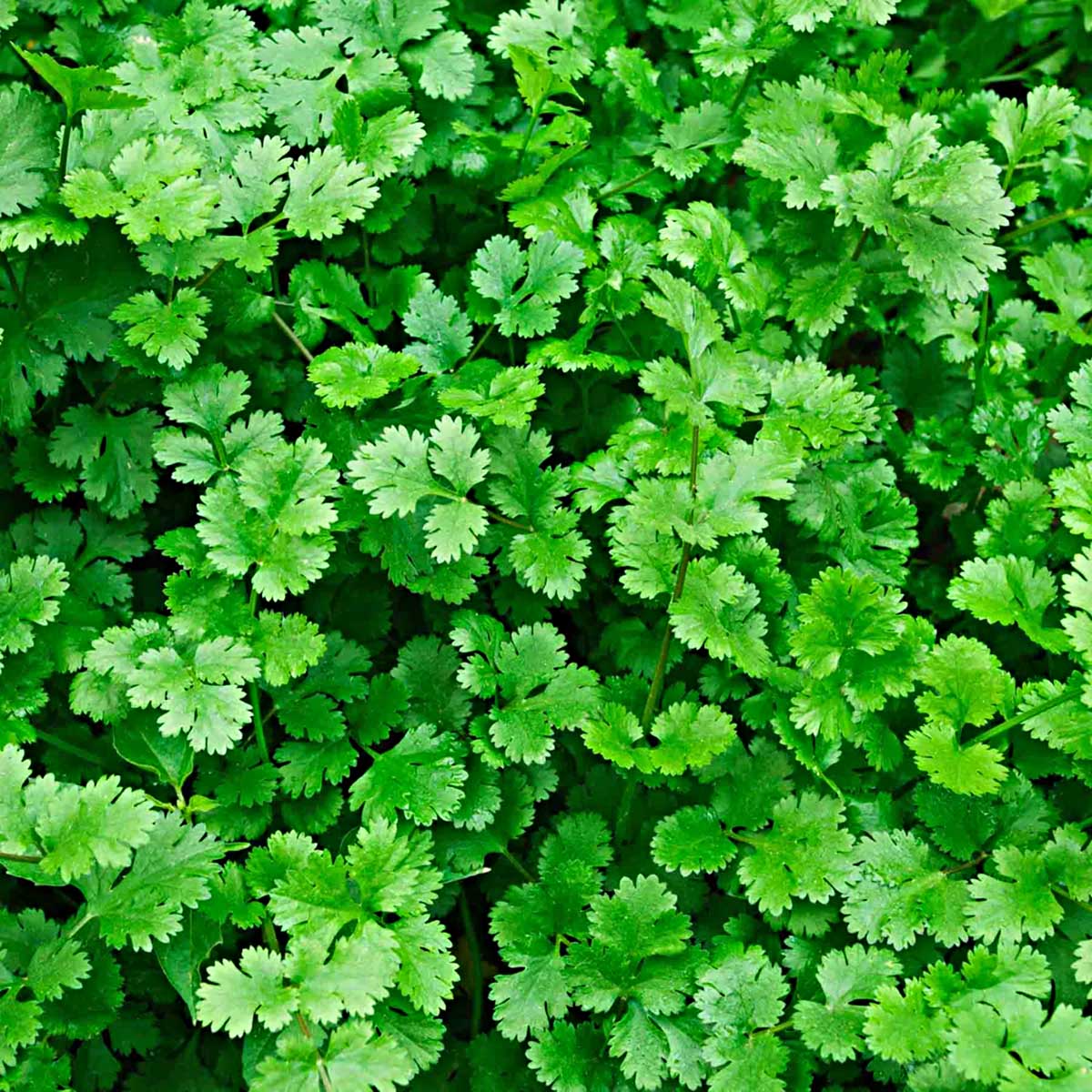
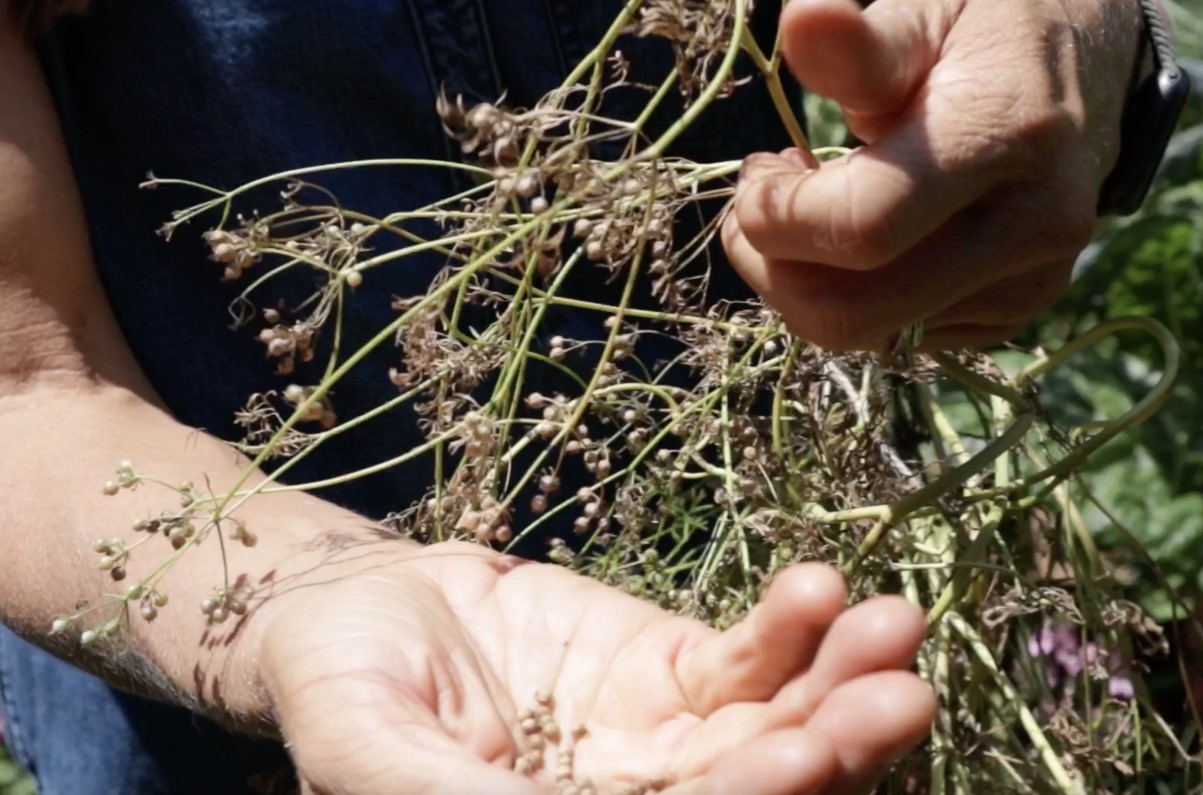
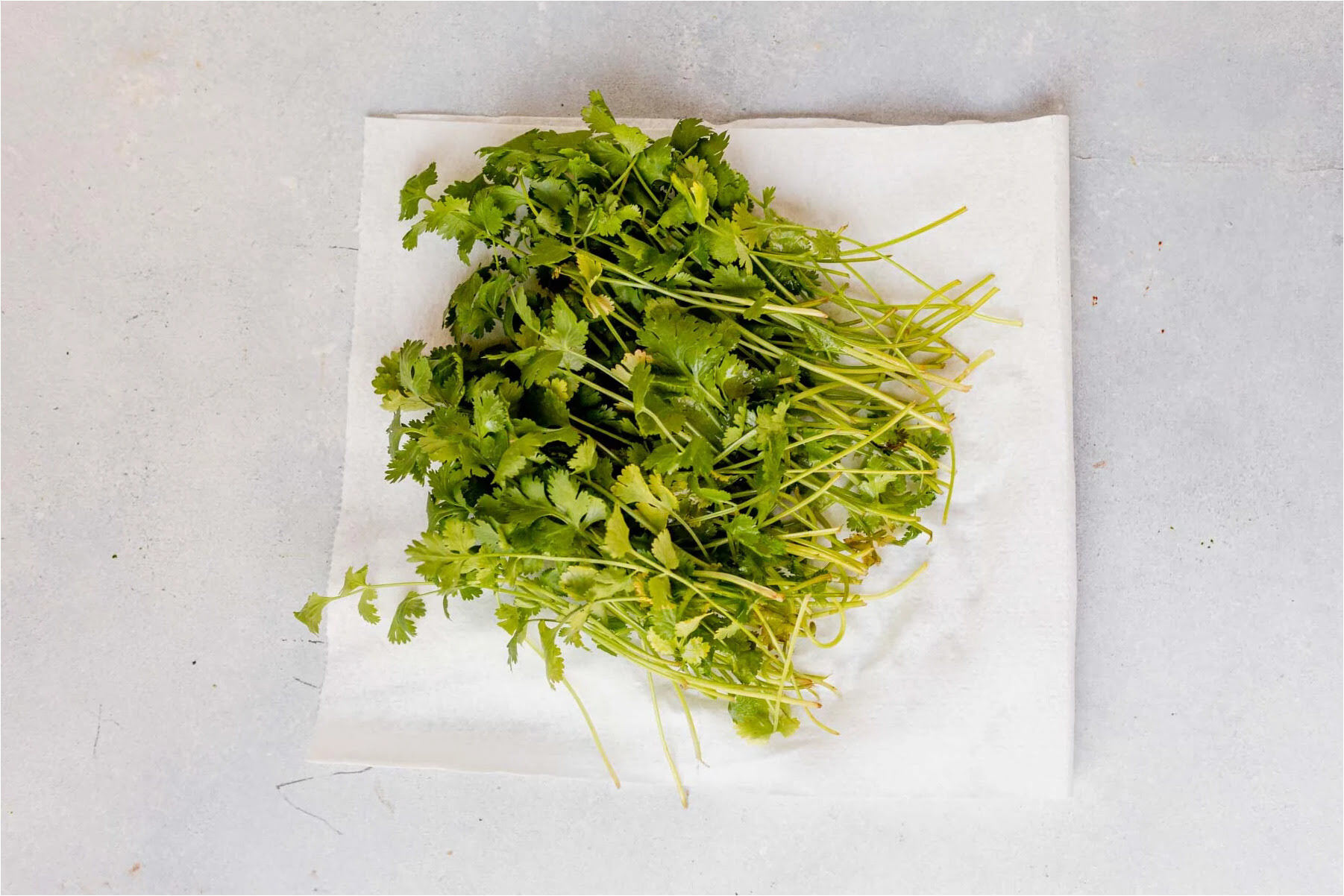
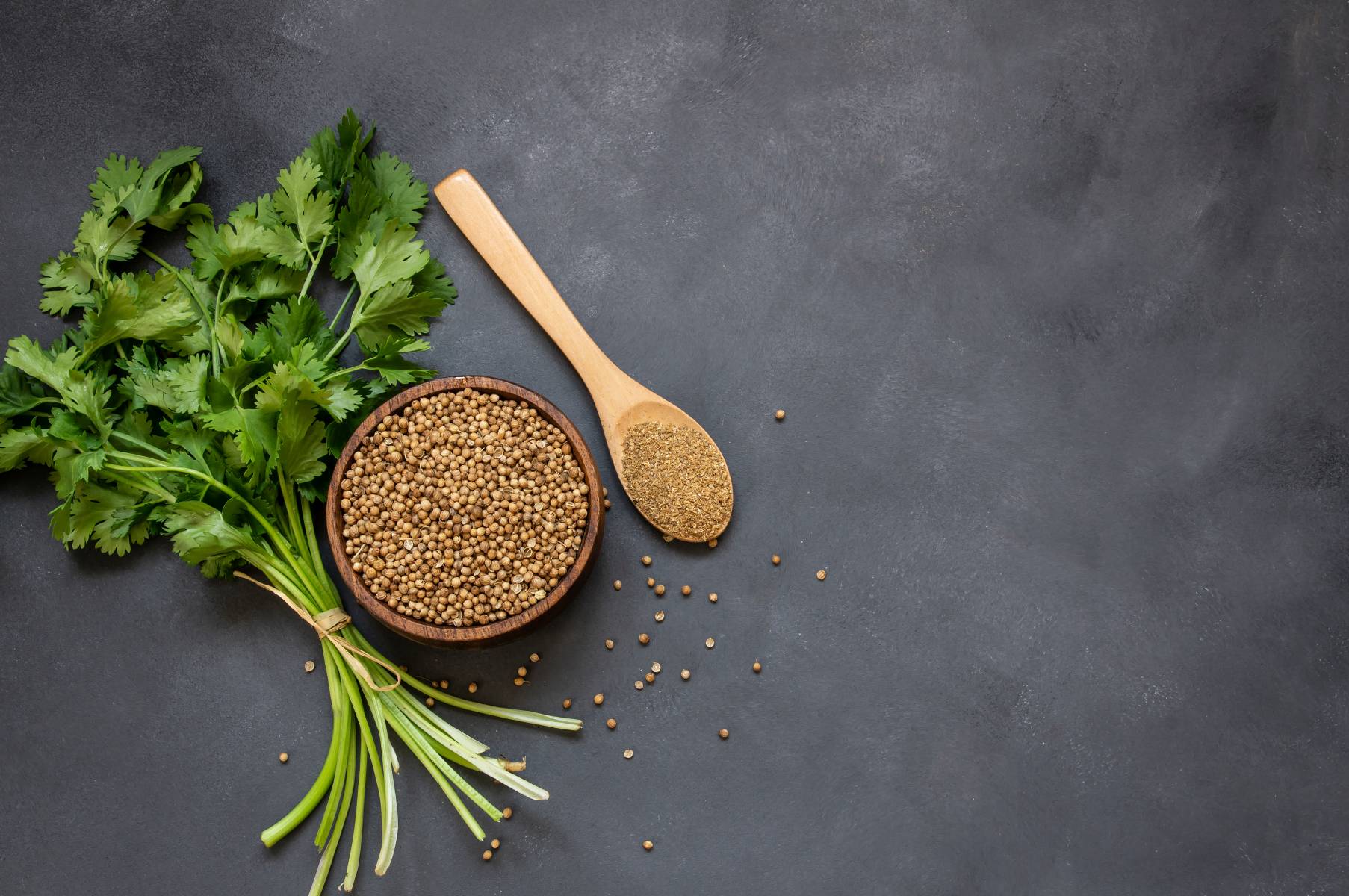
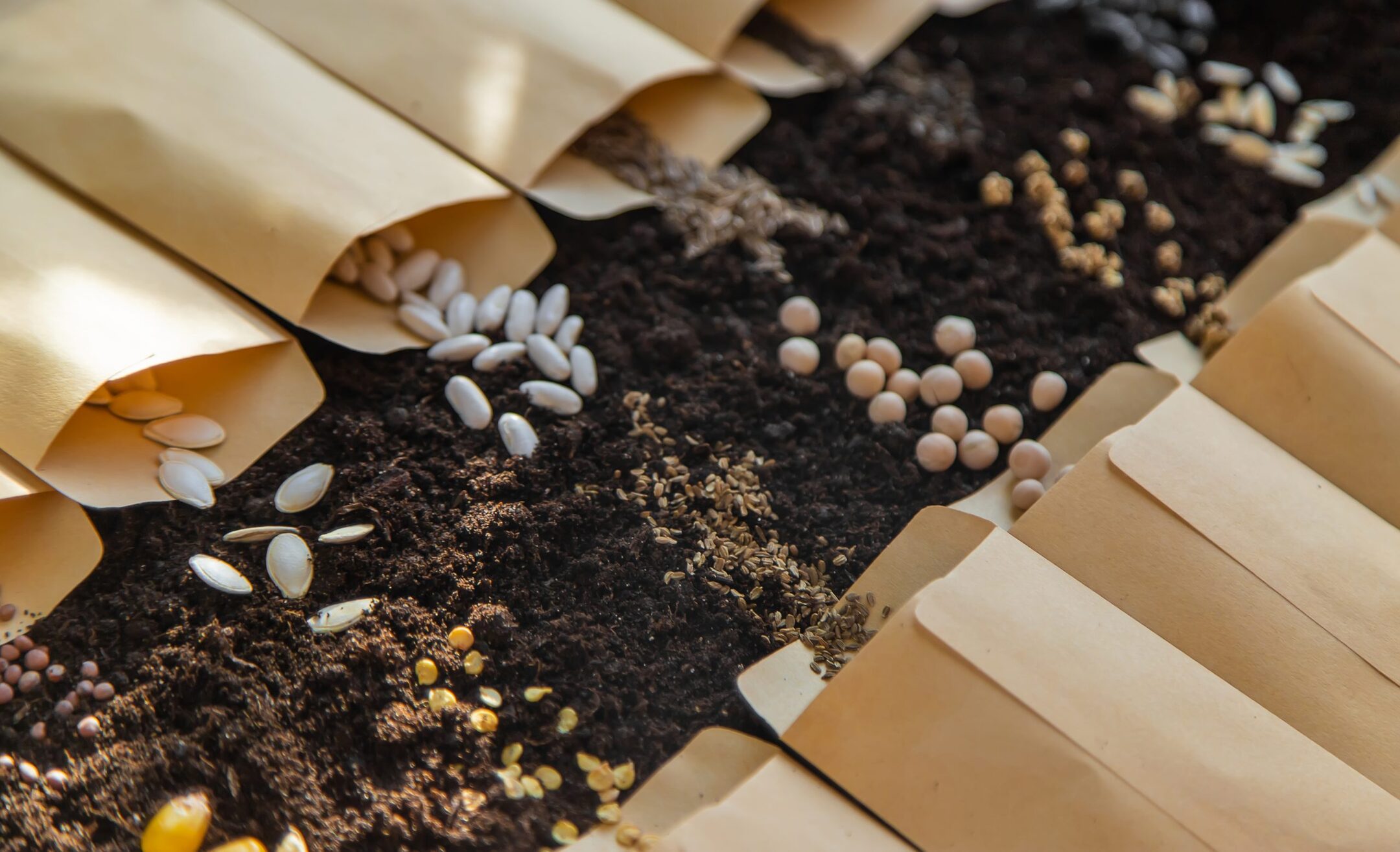
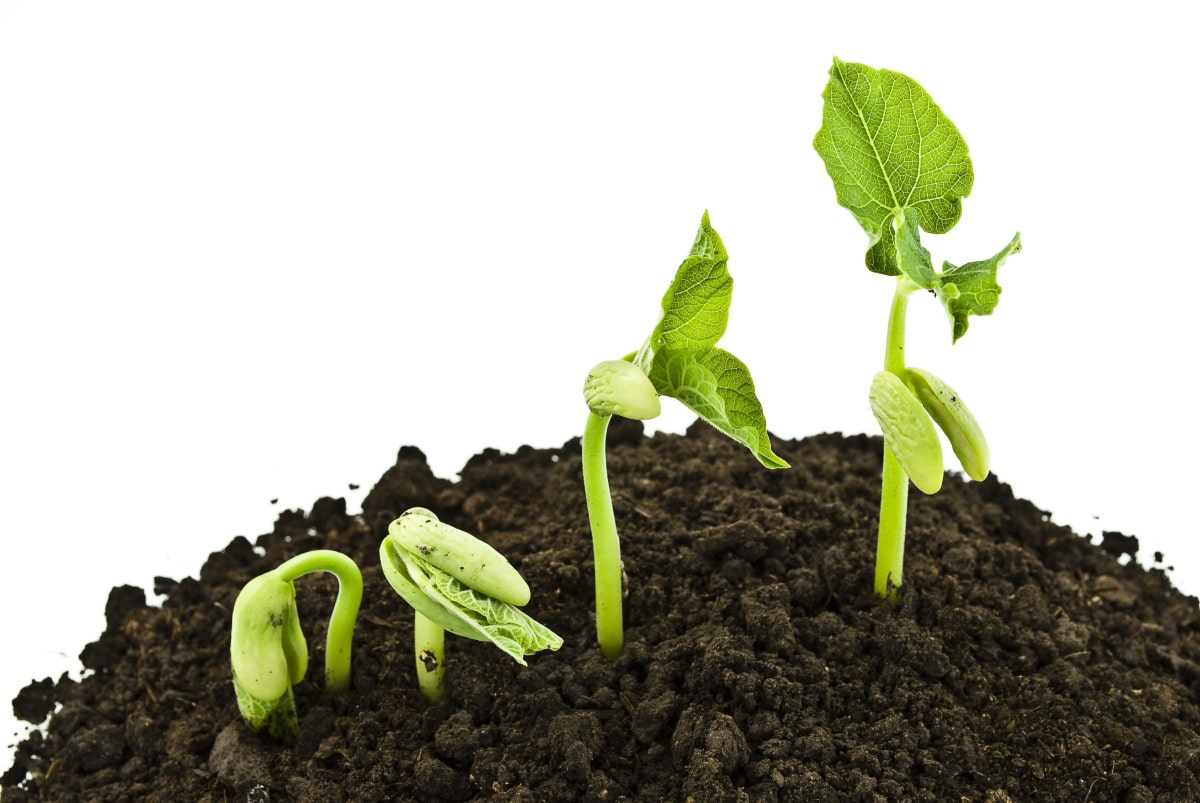
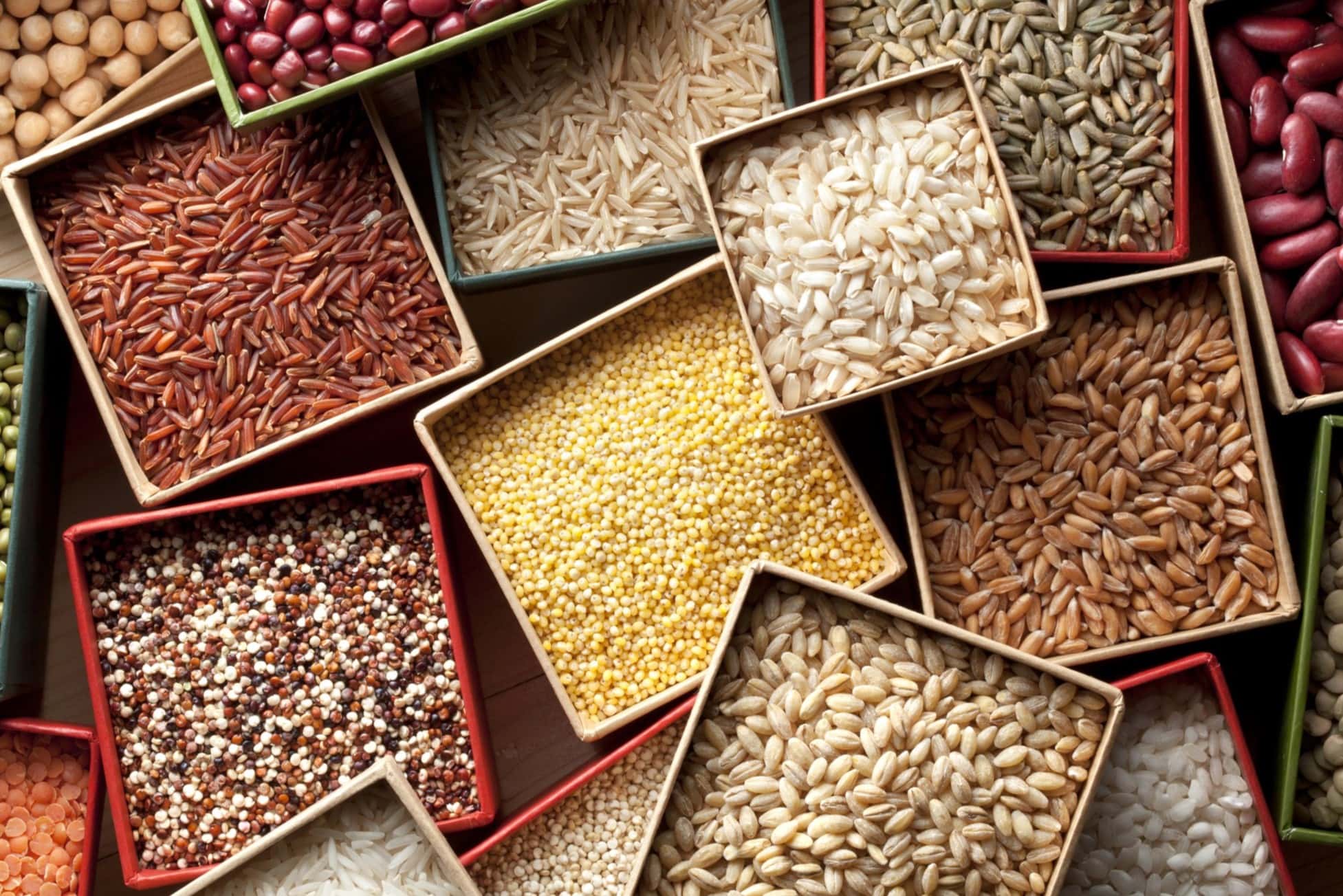
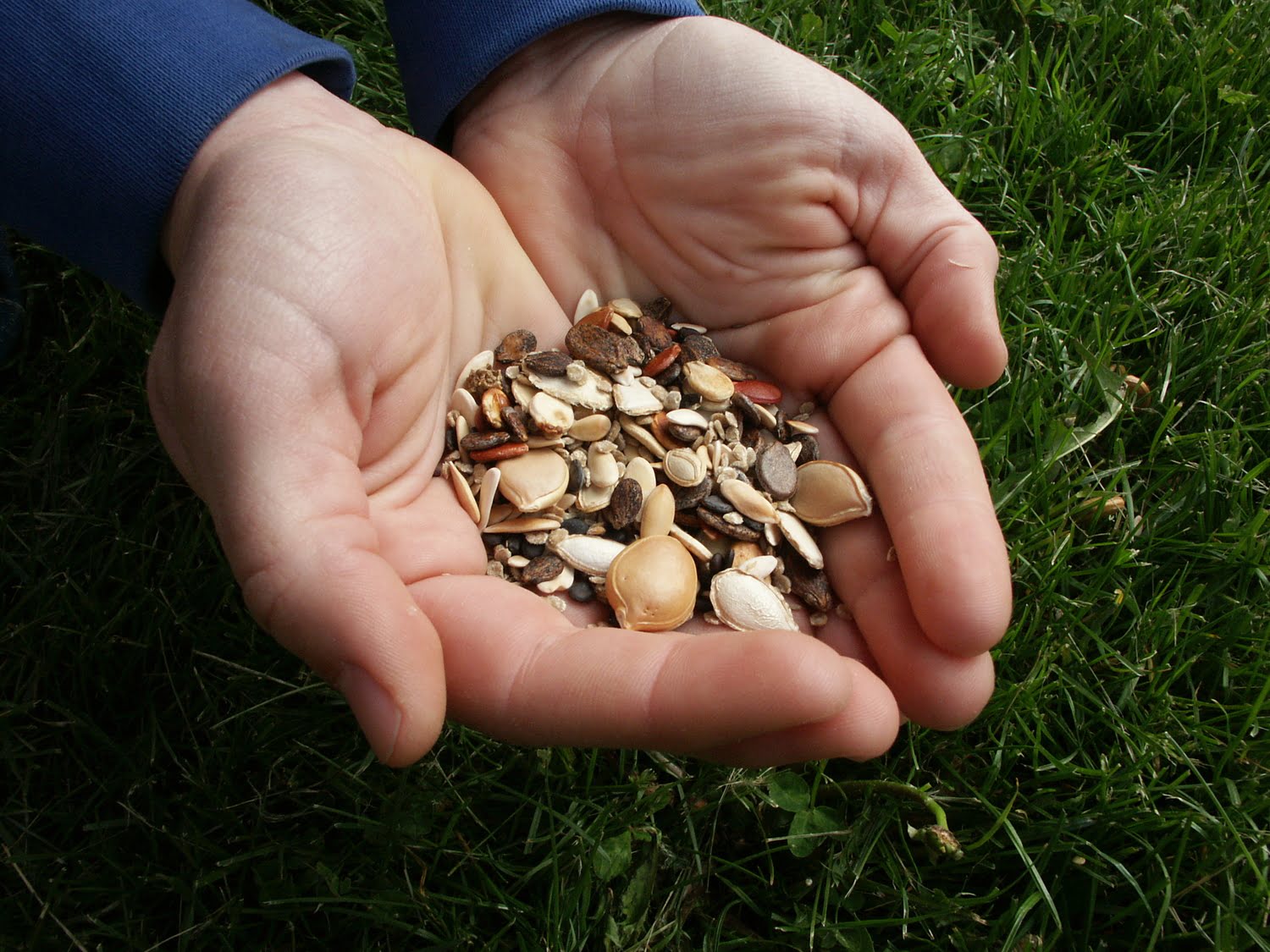
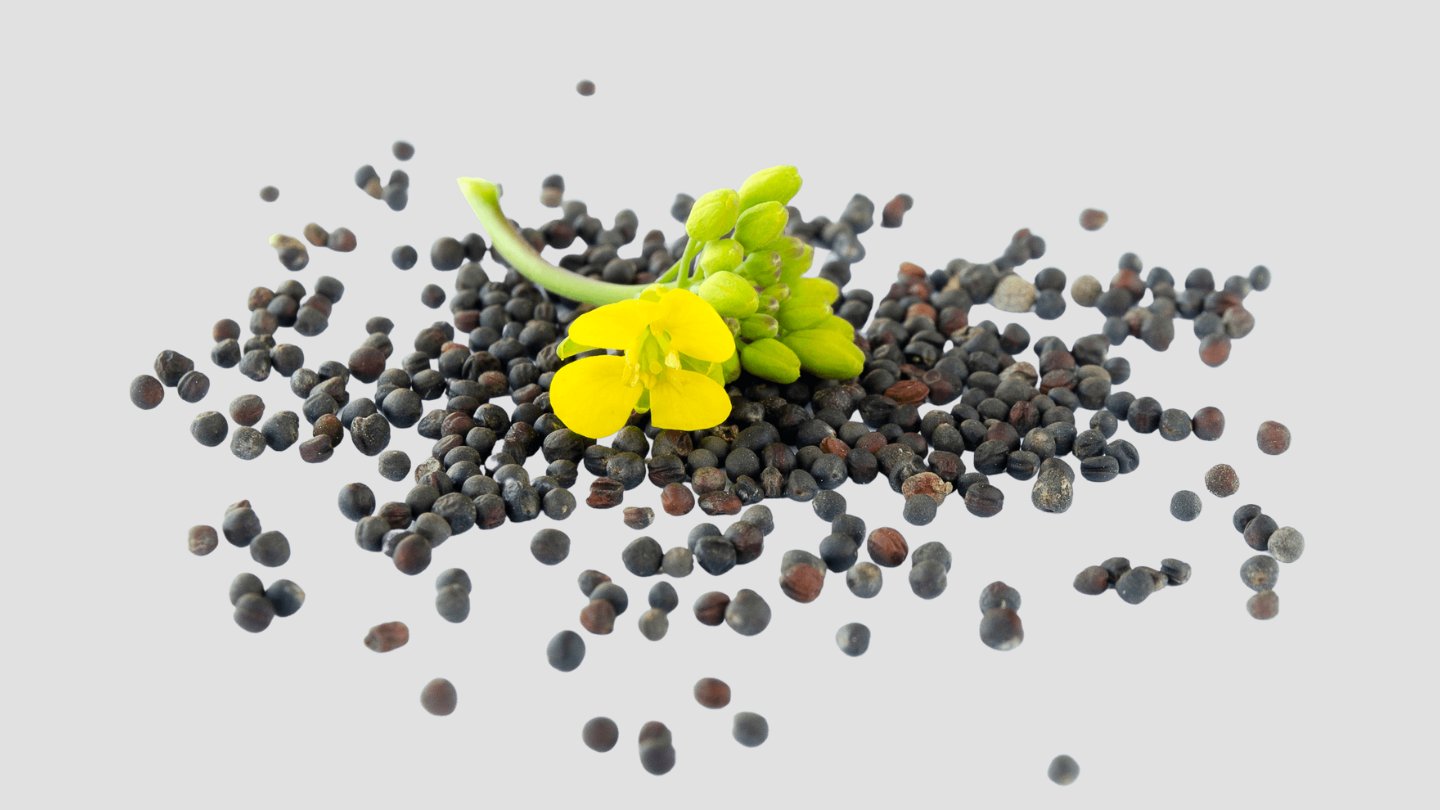
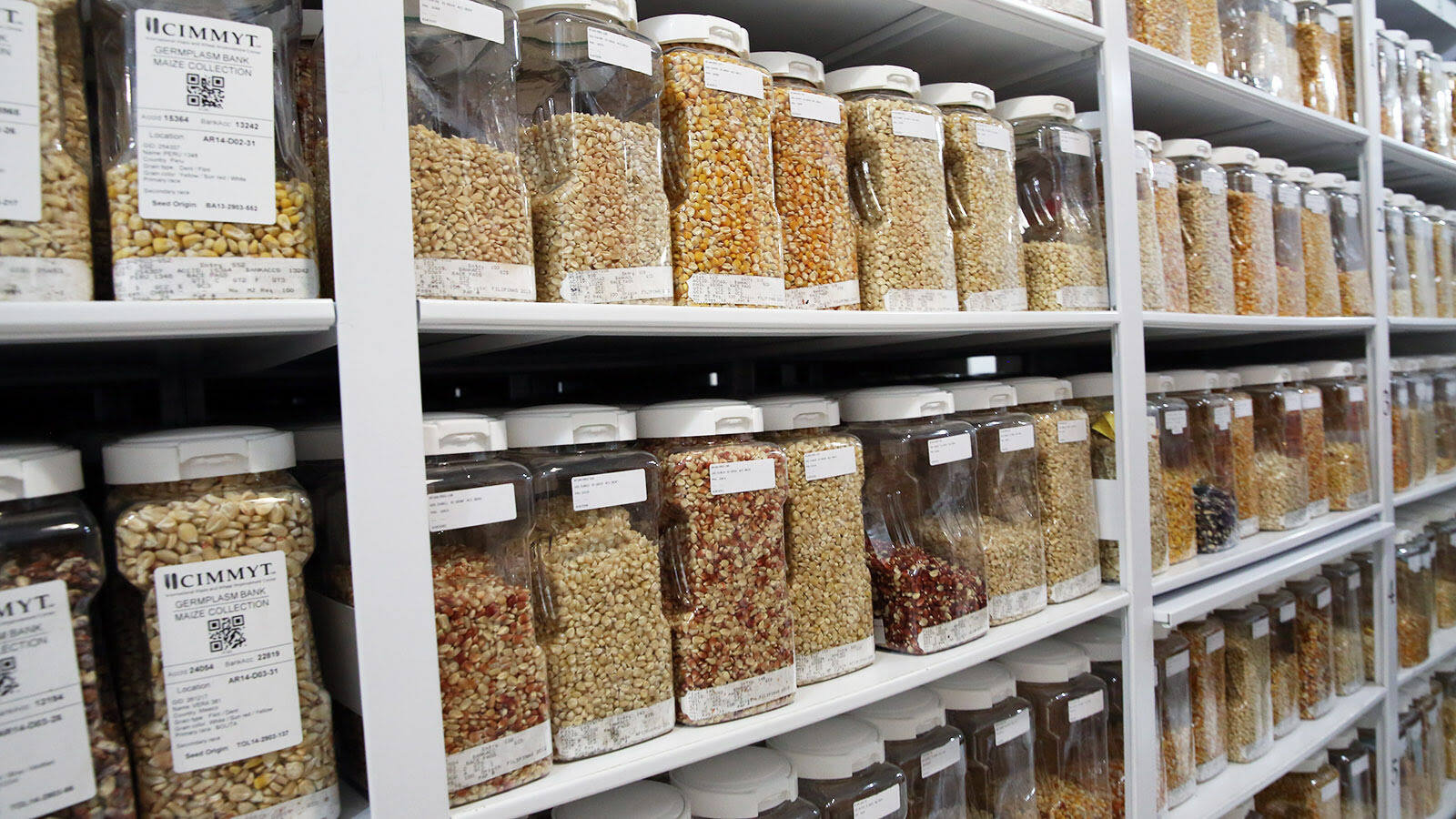
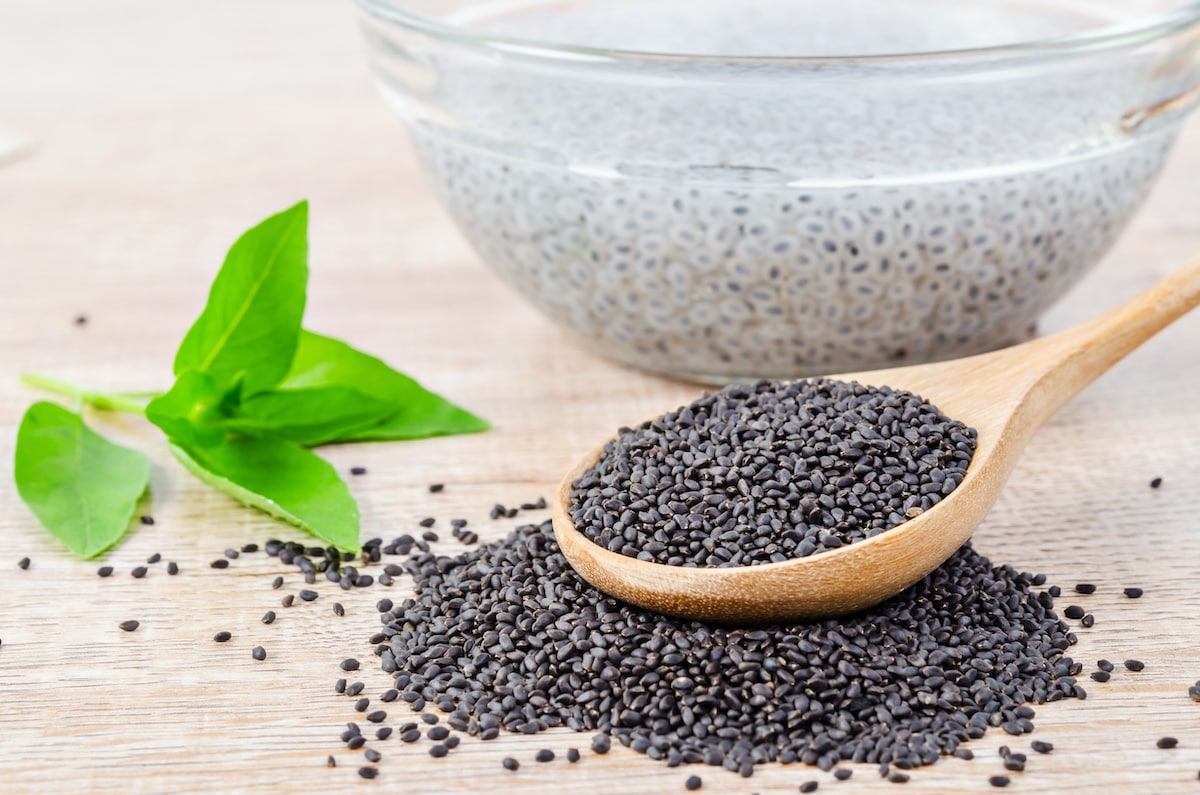
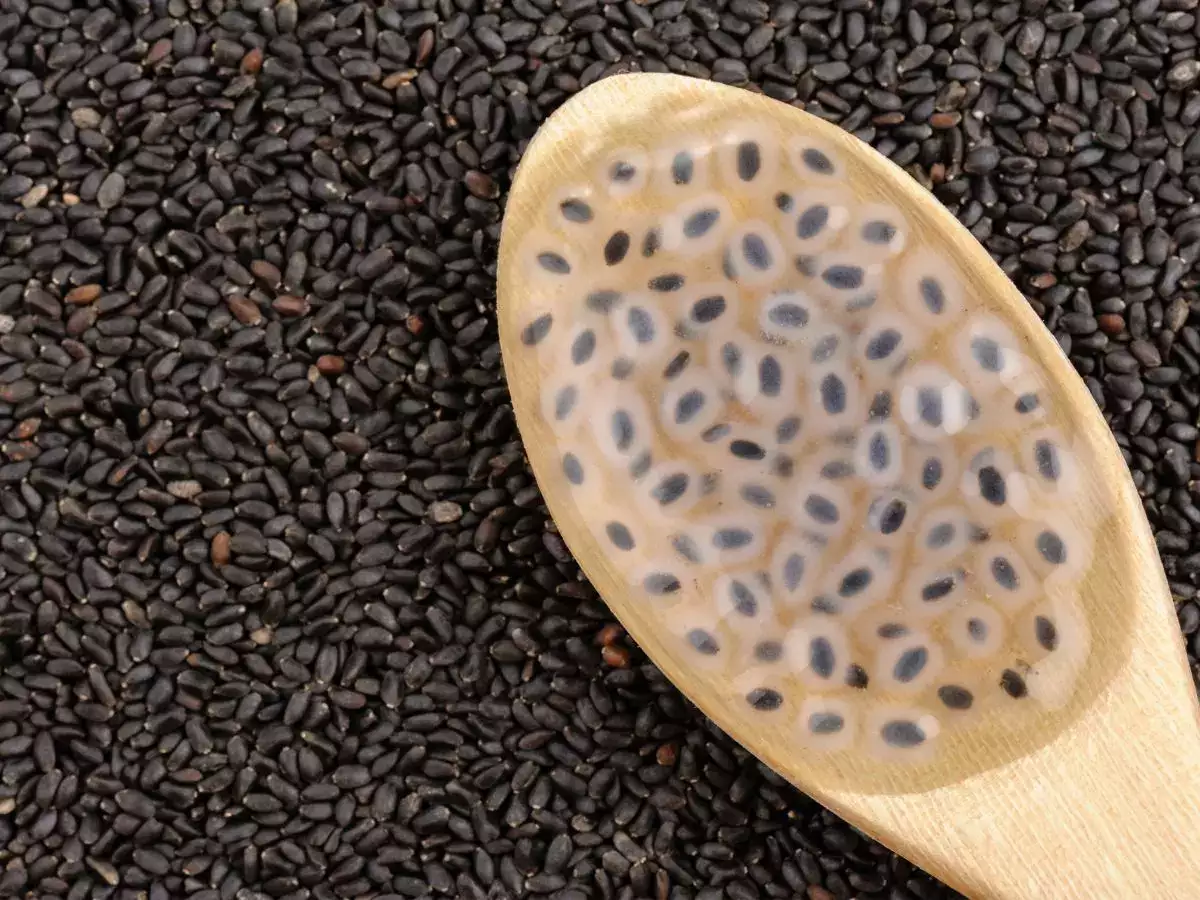
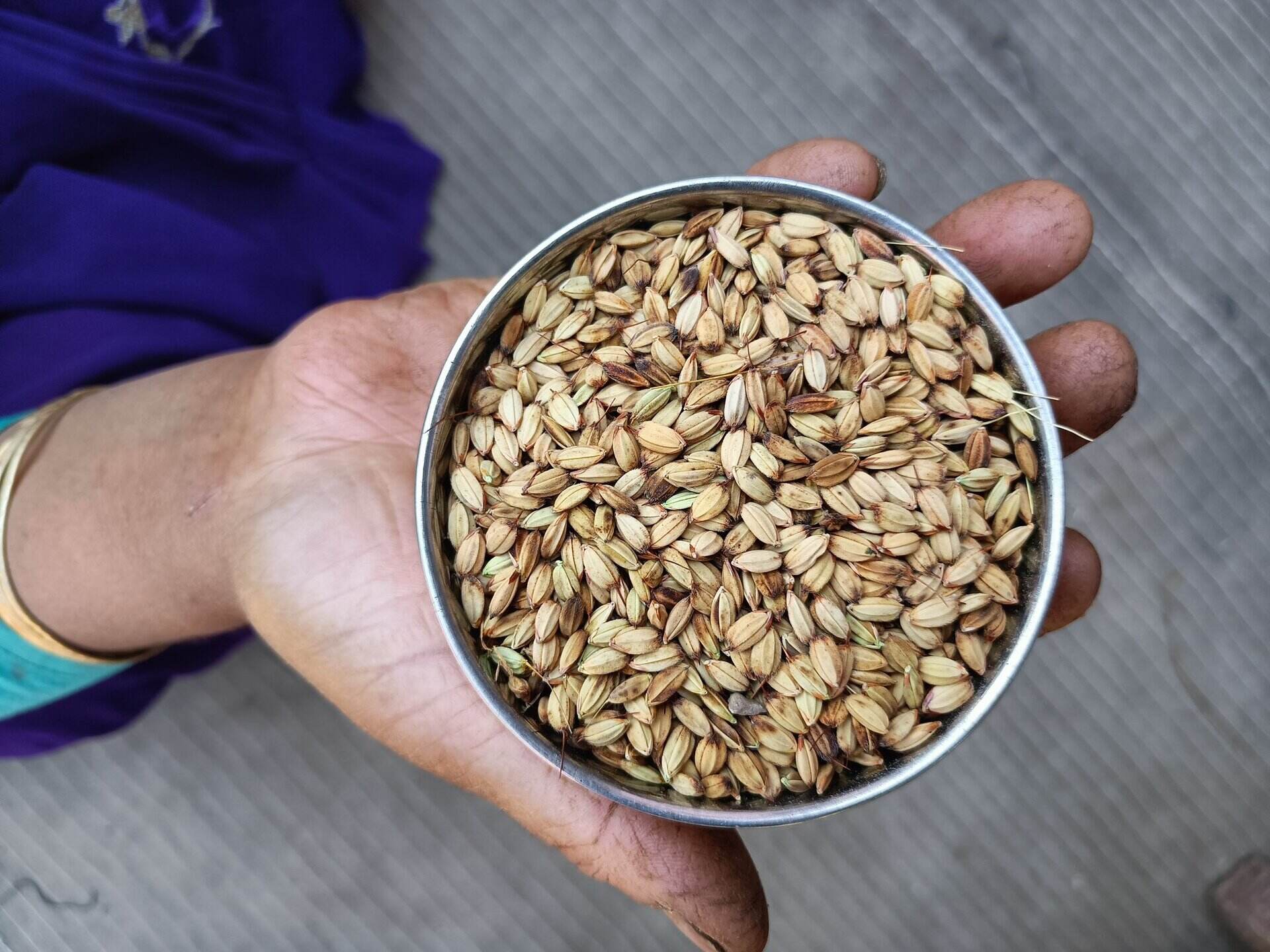

0 thoughts on “What Are Coriander Seeds”